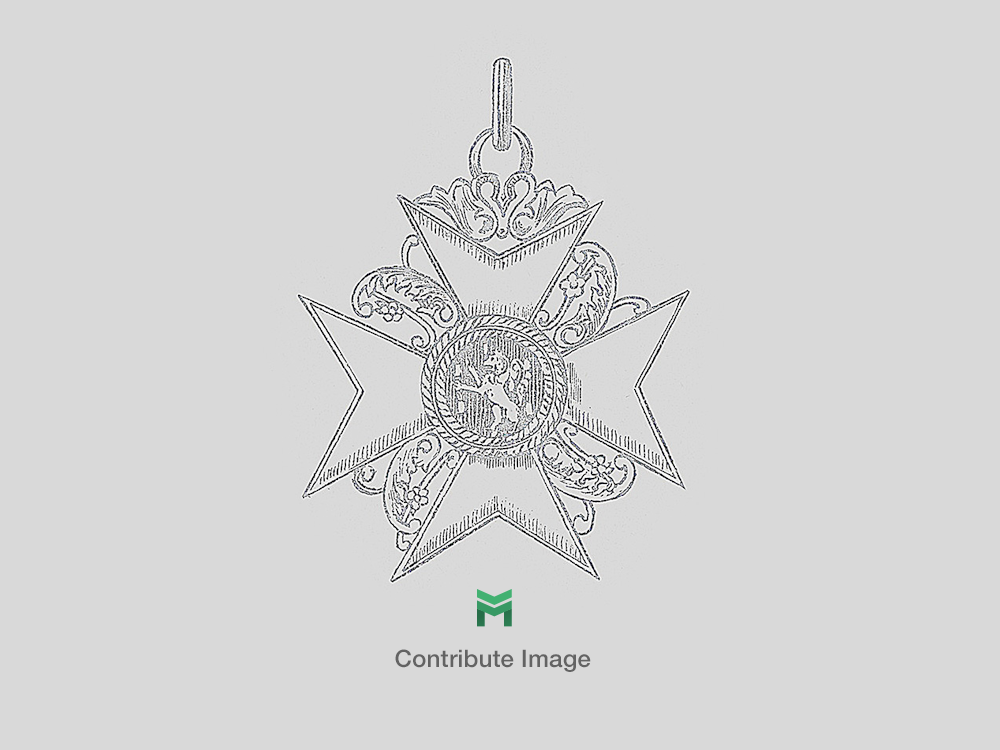Kriegsmarine White Administrative Officials Board Cap
SKU: 21.GOR.01.03.01.03.002
Estimated market value:

Estimated market value:
Attributes
History
The headgear and uniforms worn by members of the Kriegsmarine were based upon the designs utilized by the Kaiserliche Marine and the Reichsmarine. The official regulations governing the uniforms of the Reichsmarine were issued on April 5, 1921, and they were embraced, with a few alterations, as the Kriegsmarine uniforms in 1935. New guidelines concerning rank insignia were issued in 1936.
In 1938, this cap was initially founded as the Battle Cap (Gefechtsmütze). It was meant to be worn as a practical, everyday cap. This first model was limited to wear to Officers within the Line Officer career, or to Non-Commissioned Officers and Privates when they were actively serving in war/battle duties. The regulations were altered in March 1939, to allow for Kriegsmarine crews serving on training vessels to wear the cap as well.
On October 7, 1939, the cap was re-instituted as the Board Cap (Bordmütze). The Board Cap was permitted for wear and duty while on and off the ship and was broadly worn by all Kriegsmarine personnel. This second model of the cap only underwent slight design changes from the first model; the internal top stiffener was removed.
By November 1939, there was a white-coloured Board Cap issued for wear to personnel who were serving in warm, tropical climates.
The interior lining of the caps for Officers and Officials was made from rayon (artificial silk), while the lining for Non-Commissioned Officers and other ranks was made from gray twill cloth.
Each cap was adorned with at least two official insignia, including a tricolour cockade on the front flap and a national emblem above it, along the centre seam. The national emblem was composed of machine woven thread for Non-Commissioned Officers and enlisted men (Other Ranks), or hand embroidered bullion wire or celleon for Officers. On the white cap, both insignia were also present, with the national emblem made from light blue machine embroidered thread. Both the emblem and the cockade were worn on a white backing on the white caps.
Unofficial insignia, known as tradition badges (Erinnerungsabzeichen), were also worn on these caps. Due to the unauthorized nature of these badges, there are hundreds of known variations. The badges were associated with Armed Forces units, and while regulations prohibited their use, the badges were often allowed for wear on-board ships because they fostered comradery between personnel.
The Board Cap worn by Officers and Officials was made from a high quality doeskin. From July 1940 onward, a Gewebelitze (cord piping) was placed along the top of the side skirts. The piping is gold-coloured for Officers, high ranking musical personnel, Administrative Officials who held the rank of Admiral, and Senior Officer Candidates, and silver-coloured for Administrative Officials who held the rank of Officer. This cap was not a mandatory part of the uniform for Admirals.
The Board Cap worn by Other Ranks (Non-Commissioned Officers and Other Ranks) is identical to the cap worn by the higher ranks, except that it lacks the lining and the piping along the side skirt.
This is also known as the M1939, Schiffchenmütze, or the Overseas Cap.


Comments
Sign in to comment and reply.


Scroll Top